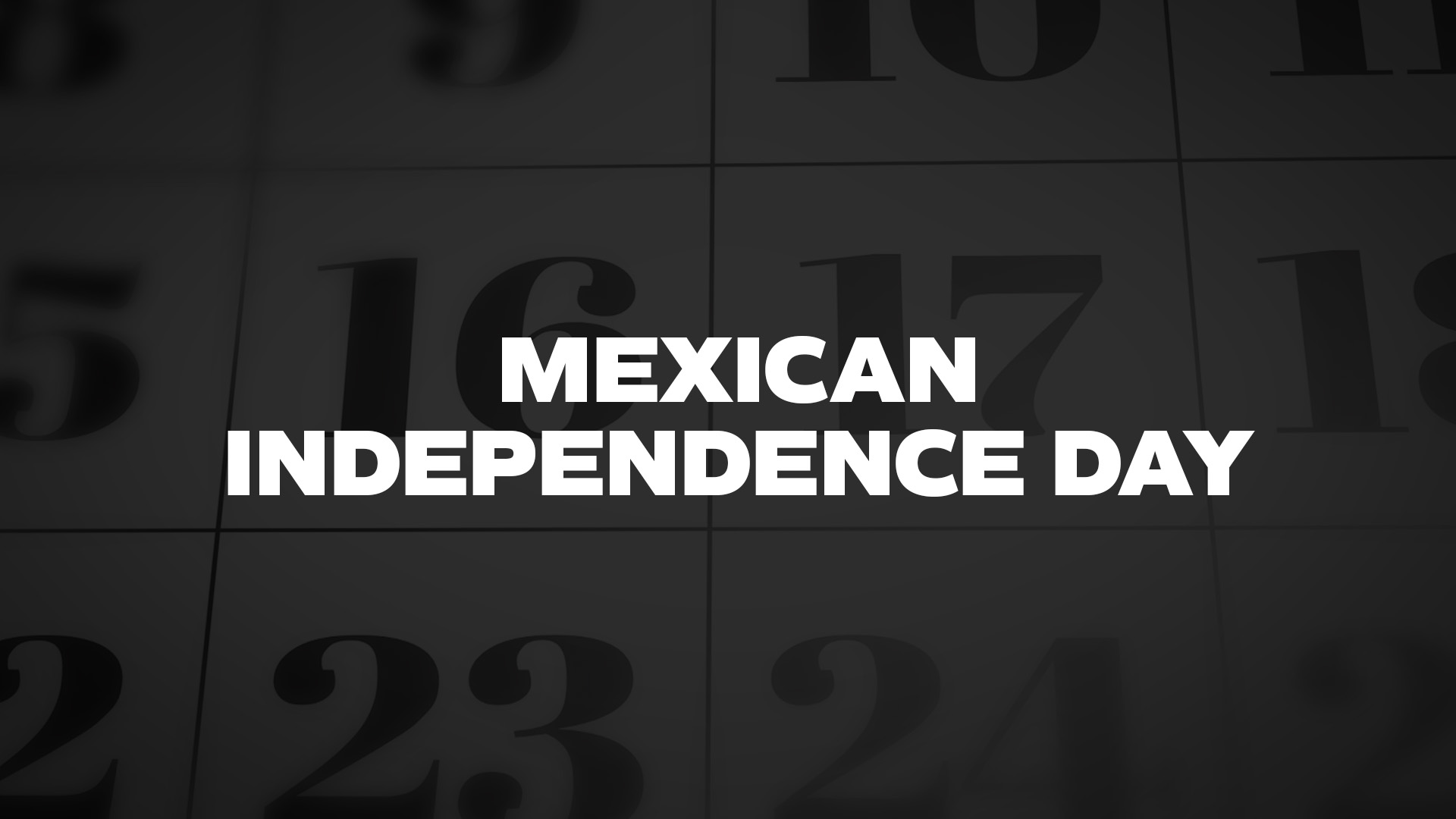Mexican Independence Day is an annual celebration held on September 16th to commemorate the country’s independence from Spanish colonial rule in 1810. The day is marked with parades, fireworks, traditional food and music, and the iconic cry of “El Grito,” which is a symbol of Mexican national pride and unity.
#HASHTAGS
#MexicanIndependenceDay
Mexican Independence Day is celebrated annually on September 16th
| Year | Date | Day |
|---|---|---|
| 2023 | September 16 | Saturday |
| 2024 | September 16 | Monday |
| 2025 | September 16 | Tuesday |
| 2026 | September 16 | Wednesday |
| 2027 | September 16 | Thursday |
| 2028 | September 16 | Saturday |
| 2029 | September 16 | Sunday |
| 2030 | September 16 | Monday |
| 2031 | September 16 | Tuesday |
| 2032 | September 16 | Thursday |
| 2033 | September 16 | Friday |
| 2034 | September 16 | Saturday |
| 2035 | September 16 | Sunday |
